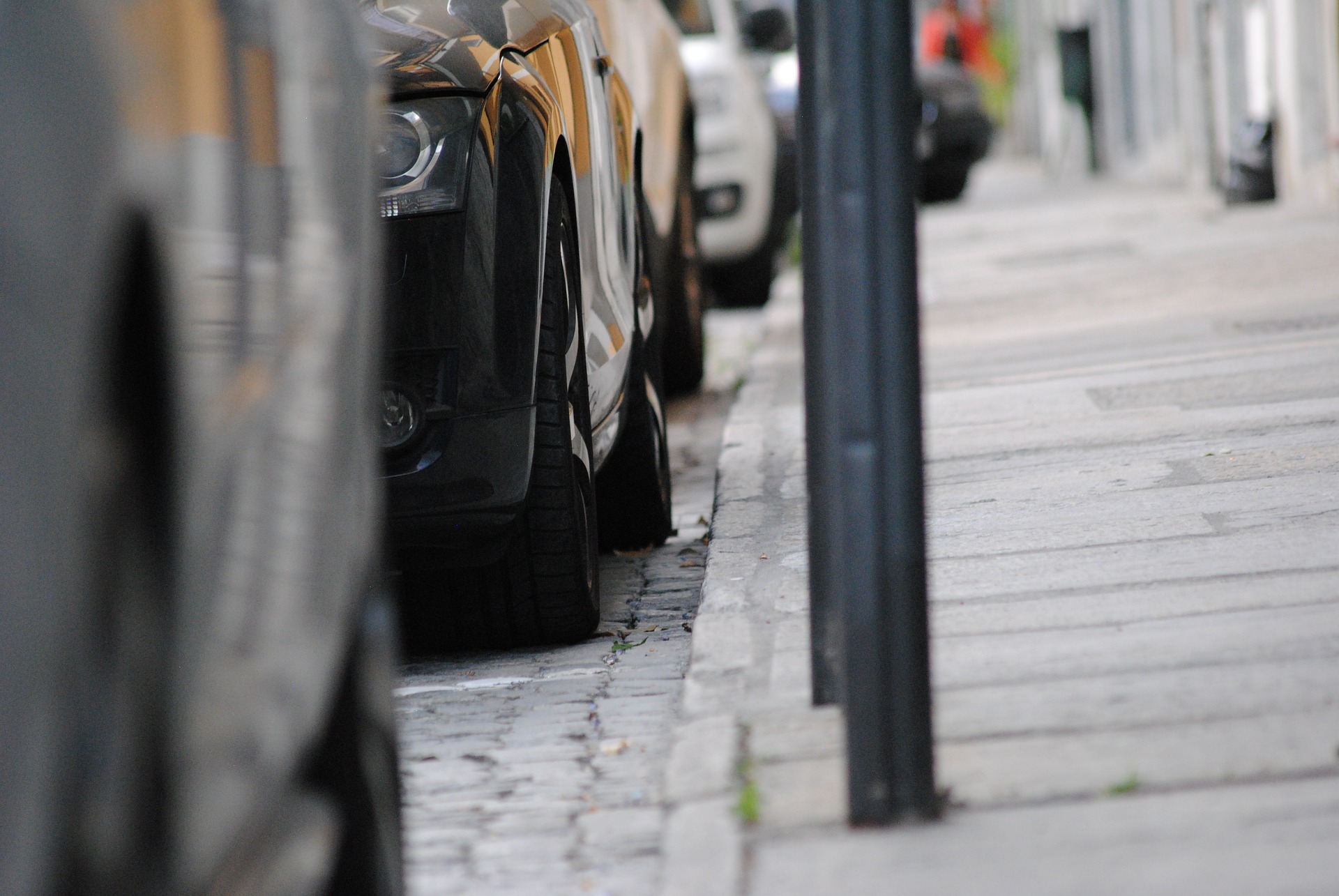The Driver and Vehicle Standards Agency (DVSA) has revealed the top reasons that people failed the driving test in the last year.
It is of vital importance that learner drivers can drive safely. They need the skills to drive on all types of roads before taking a driving test. Learner drivers need to prepare for a lifetime of safe driving, not learn just enough to pass a driving test. The faults being made in driving tests reflect the factors that cause accidents on Great Britain’s roads. In 2017, the most common contributory factor in accidents was drivers failing to look properly.
The top reasons for failing the driving test between 2017 and 2018 are:
Junctions: Observation & Turning Right
Failing to look properly at junctions is the most common dangerous test fault and the largest cause of accidents in Britain. When dealing with junctions you must always consider whether it is safe to pull out and if you have enough time to get you and going before another vehicle comes along.
At APass4U we’ve written a lot about junctions, including open and closed junctions and box junctions. At many fast road or junctions with very poor vision, you will find a “STOP” sign and you must in law completely stop at this junction.
Mirrors: Changing Direction
Observing and using your mirrors is something most people normally do not do anywhere near enough. From the very beginning, a learner driver should be taught about the blind spots and where to look before pulling away from the side of the road.
Always use your mirrors before any change of direction including turning, overtaking and changing lanes. If you are driving with no turns or junctions ahead you still need to check your mirrors every few seconds.
Control: Steering
It is important to maintain a high level of control when steering. As part of the UK driving test the driving examiner will check that your steering is smooth and safe. Most people believe you will fail your driving test for crossing your hands on the steering wheel, this isn’t true. However, you will fail the driving test if the examiner doesn’t think that you’re in control of your steering.
Moving Off: Safely & Control
As part of the driving test, you will be required to move away on a flat surface, from behind a stationary vehicle. You may also, where possible, be required to perform the manoeuvre on an uphill gradient. The examiners will request that you park the car up on the left side of the road and when ready, move off again.
Failures for safety include no attempt to look around, a lack of observation and moving away when unsafe. Failures for control include rolling backwards, stalling the engine and moving away at too high a speed.
Positioning: Normal Driving
As you drive along the road you need to consistently adjust the positioning of your car in relation to the side and the centre of the road, ensuring that you stay within the lines of a marked lane. When driving on roads with multiple lanes you need to determine which lane to take and how best to position the car. The examiner will be checking to see that you are positioning the car appropriately on the road as you are driving.
Response to Signs: Road Markings & Traffic Lights
During your driving test, you will be expected to check for and read the road markings and traffic signs and then act accordingly. You are also expected to follow and respond to traffic lights. The driving theory test should ensure that you have good knowledge of UK road signs and traffic lights, and how to react to them.
Traffic lights are usually straightforward. Try to be cautious though, you don’t want to approach an amber light at speed getting caught out if it turns to red. It is vital that you do not exceed the speed limit during your driving test. If you are unsure how to tell the speed limit on UK roads then read our helpful blog.
Reverse Parking: Control
Reverse parking can take a little bit of practice but once mastered it you will be able to park easily in tight little spots and busy town centres. Common reasons for failing the reverse park manoeuvre include not stopping for other vehicles, driving not close enough to the kerb and driving too close to the kerb or going up the kerb.
The DVSA is encouraging people to spend more time practising driving skills, using a variety of different roads such as dual carriageways and country roads. They also want learners to spend more time practising driving in different conditions, like driving in the dark and driving in adverse weather. By doing this, learners will be better prepared for a lifetime of safe driving.


